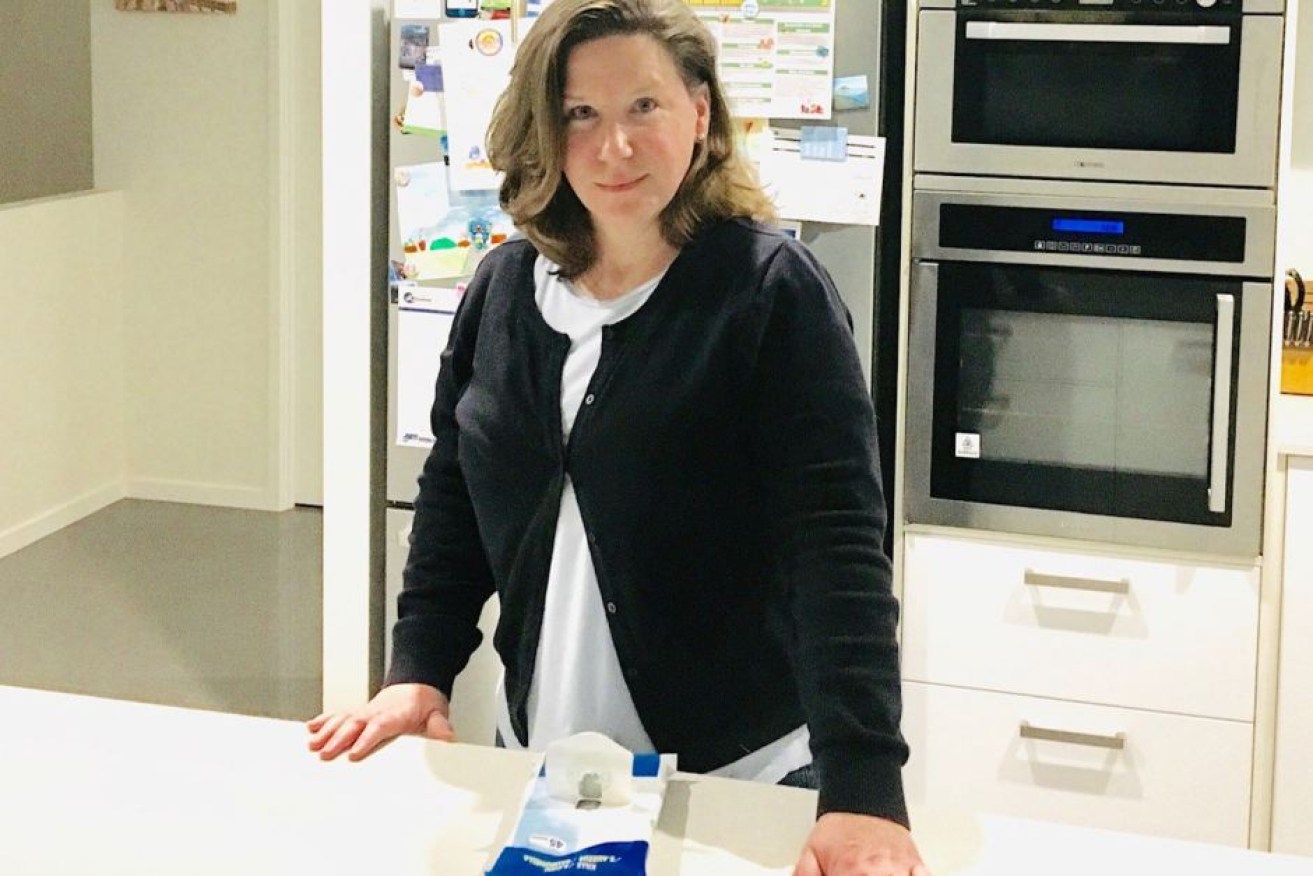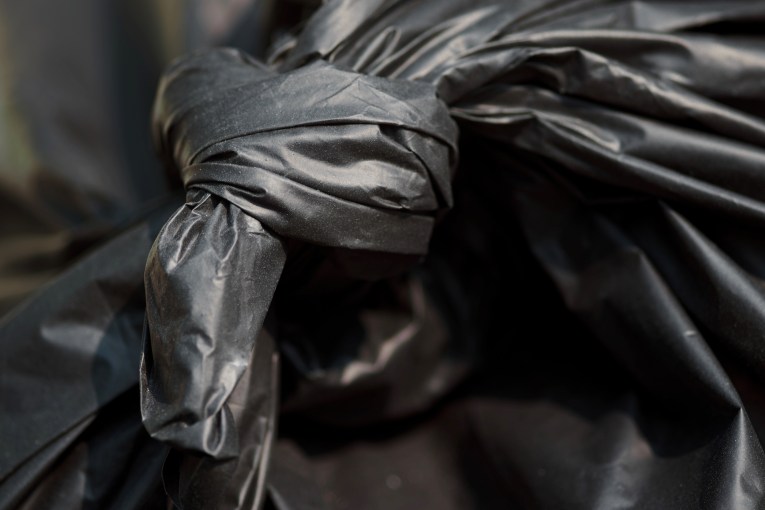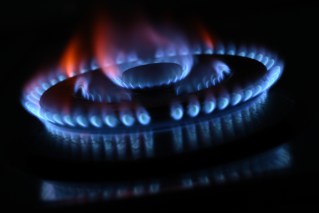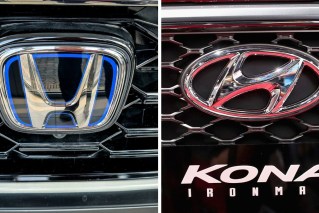Flushable wipes put to the test as fatbergs clog the nation’s sewers

Michelle Cook says flushing wipes caused the sewage to back up, flooding her bathroom. Photo: Dea Clark
Like thousands of other Australians, Michelle Cook likes the convenience of wet wipes.
But, she learned the hard way that flushing them down the toilet could be a costly and messy mistake.
A large number of wipes had caused the sewage to back up into her house, flooding her upstairs bathroom.
“The packaging said they were flushable, so I just presumed that they were,” Ms Cook said.

A 1.2-kilometre network of pipes was being used as a replica sewer to test the wipes in Brisbane. Photo: Queensland Urban Utilities
The wipes are also causing problems further down the network, with authorities paying millions each year to clear blockages from pipes.
In an attempt to address the problem, scientists have begun testing the flushability of 13 brands of wipes at the country’s largest replica sewer, a 1.2 kilometre-long network of above-ground pipes at the Luggage Point Resource Recovery Centre in Brisbane.
Colin Hester from Queensland Urban Utilities is leading the trial and said they were examining how well the wipes broke down when they were flushed.
The testing, which began at the start of the year, will be used to help create Australia’s first National Standard for “flushable” wipes, which would give successful brands the tick of approval.
The standard, however, would be voluntary, and companies could still market the product as “flushable”.
While the test is continuing, results so far are not encouraging.

The tests in Brisbane began at the start of the year, but are continuing. Photo: Dea Clark
Mr Hester said the “flushable” wipes vary in performance, but “we would say none of them perform well enough to say flush them”.
“All wipes seem to be quite resilient,” he said.
“A key test is the ability of the wipe to break down or disperse in the sewer, so it doesn’t cause blockages and it’s that test we’re working on at Luggage Point.”
Thousands of blockages each year
There has been an explosion of wipes on the supermarket shelves in recent years and they are used for everything from wiping bottoms to cleaning benchtops.
Queensland Urban Utilities’ spokeswoman Michelle Cull said there were 3500 blockages in their system each year, and “wipes are a big contributing factor”.

More than a dozen brands are being tested to help build an Australian standard. Photo: Dea Clark
“An avalanche of wipes arrive at our Eagle Farm sewage pump station every day,” she said.
Grates at pumping stations and treatment plants – used to collect solid or non-biodegradable material – are being clogged with wipes daily and have to be manually cleaned each morning.

Queensland Urban Utilities has begun “flushability” trials to help create Australia’s first National Standard for so-called flushable wipes. Photo: Queensland Urban Utilities
About 120 tonnes of wet wipes are pulled out of the system each year at a cost of more than $1 million a year.
“Last year we did remove a fatberg from a sewer at Bowen Hills that was seven metres long and it was so big it had to be craned out,” Ms Cull said.
In June, the Australian Competition and Consumer Commission lost its Federal Court case against Kimberly-Clark, arguing the company had broken the law by claiming its Kleenex Cottonelle wipes were flushable.

Fatbergs are estimated to cost Queensland Urban Utilities $1 million a year. Photo: Dea Clark
The Federal Court ruled the wipes were an “insignificant risk”, but the consumer watchdog is appealing against that decision.

The Luggage Point trial site was formerly a treatment plant. Photo: Dea Clark
Water authorities around the country are keeping a close eye on the case, and in the meantime they are urging people not to put wipes down the toilet.
“It’s confusing for consumers, but we don’t want wipes of any kind in our pipes,” Ms Cull said.








